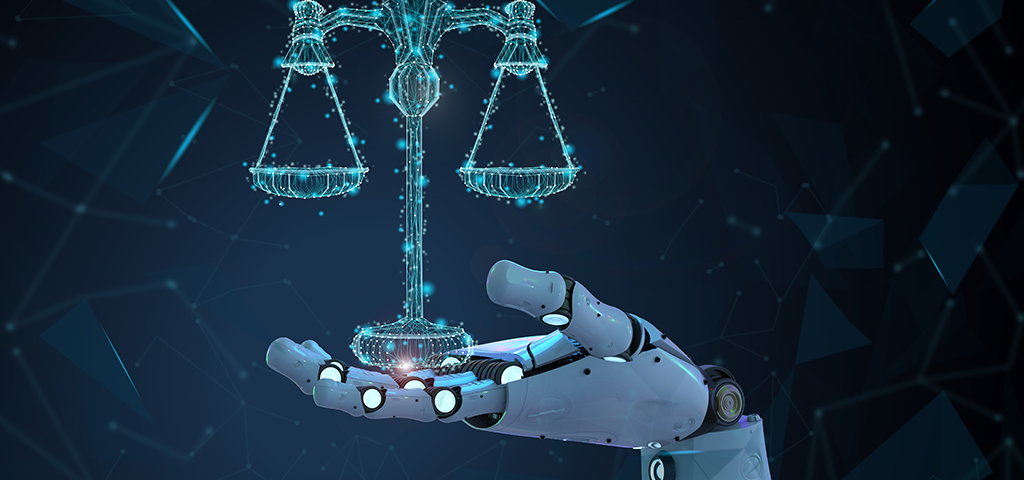Doing business

AI generally refers to technological algorithms that can mimic human intelligence. Said technology is closely related to machine learning – which in turn is a more practical application of artificial intelligence that allows machines to learn from databases.
The use of artificial intelligence and machine learning technologies has skyrocketed in the past year. Most people use them on a daily basis, perhaps without even realizing it. Common examples are modern search engines and social media platforms. They collect user input, using preference mechanisms to recommend relevant content.
Today, this technology is common in various sectors, and its use helps to understand consumer behavior, improve the speed and accuracy of diagnostics and the overall effectiveness of business data, write a term paper or even a master’s thesis, pass an MBA exam, and much more. One striking example of modernity is the artificial intelligence ChatGPT, because for the last six months it has become a real “star” among such technologies from leading companies around the world.
However, as countless sci-fi movies have predicted, the rapid development of AI brings with it some challenges for humanity.
First, the technology currently has virtually no legal standing, even in progressive countries. For example, there is still no law in Great Britain that specifically deals with AI and related technologies. However, there has recently been a consultation on how legislation can keep up with this changing landscape, as well as on setting standards that businesses can use for their own security.
For example, the 2017 U.K. Industrial Strategy consultation outlines the government’s vision for making the U.K. the world’s center of AI innovation. It recognizes the ability of AI to enhance sustainability, productivity, growth and innovation across a range of sectors.
In late 2020, the U.K. government asked for public input on AI (and intellectual property), leading to the March 23, 2021, launch of a route map for developing technical standards. It identifies where cross-industry and industry standards are needed. It also details how the government will use “horizon scanning” and early identification of new technologies to ensure that the field is flexible and forward-looking.
This lays the early groundwork for what future AI regulations and legislation will look like.
When it comes to artificial intelligence and machine learning technologies, there are two major challenges to their security.
First, algorithms are designed to change behavior depending on input data and lifetimes. This can pose intrinsic security risks because, in theory, an AI that is responsible for making any important decisions could be misled. It could be inadvertently or intentionally taught to make wrong or dangerous decisions.
Second, attackers are beginning to use AI to increase the effectiveness of their attacks. The reason these risks are increasing is that technology is becoming more available, datasets are becoming larger, and skills are becoming more pervasive.
As we discuss the next generation of AI-related regulations, the government should keep an eye on developments in artificial intelligence and machine learning technologies and explore their use and capabilities.
As we watch these technologies evolve, they will inevitably begin to play an increasing role. Artificial intelligence and machine learning systems can provide improved business services, digital assistance, 24/7 operations and fast processing of large databases. This is a rapidly growing field with a lot of possibilities, but it is very important to consider all the nuances, especially from a legal perspective.
Artificial intelligence and machine learning will continue to evolve as they are increasingly used in different sectors. So it is important that we have a regulatory framework that allows legislation to keep up with the times.
More interesting news you can find in Telegram, Facebook and on the official website of the Agency.